For two decades, men’s professional tennis was a landscape dominated by three titans: Roger Federer, Rafael Nadal, and Novak Djokovic. Their unparalleled rivalry carved out an era of breathtaking athleticism, strategic genius, and unyielding mental fortitude, seemingly setting an unreachable benchmark for future generations. Yet, as the sun begins to set on this golden age, a new dawn breaks, heralded by the electrifying rivalry between Carlos Alcaraz and Jannik Sinner. The question on every fan’s lips—and indeed, on the minds of the sport’s most astute observers—is not merely if these young phenoms are good, but whether they possess the rare alchemy to truly inherit the throne and, perhaps, even redefine what it means to be a champion in an ever-evolving game.
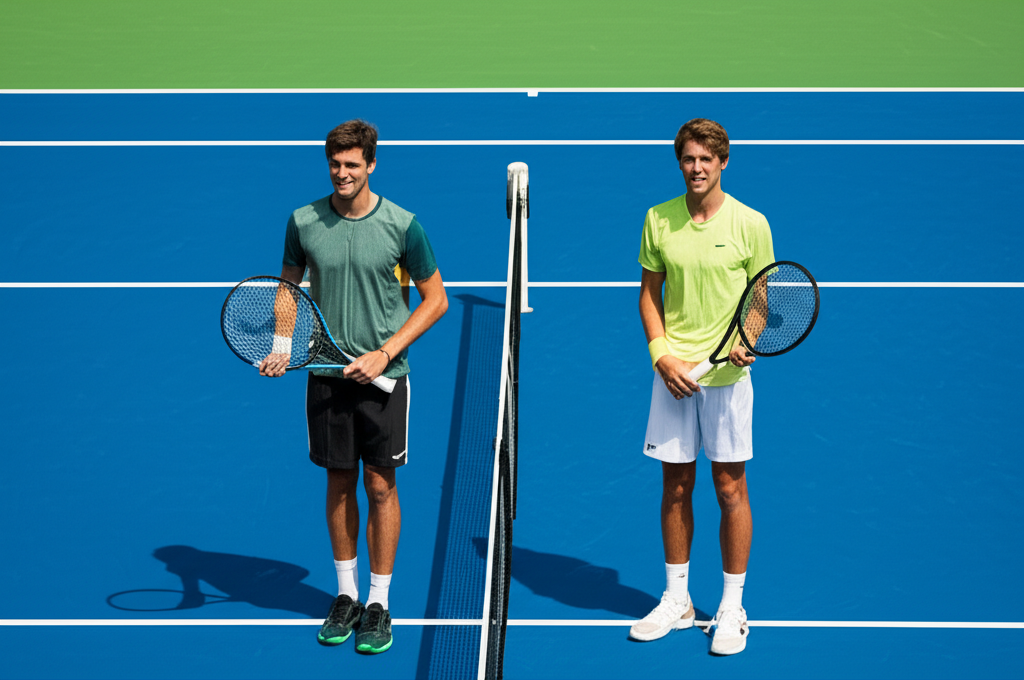
The Heir Apparents: Alcaraz and Sinner’s Rapid Ascent
Carlos Alcaraz and Jannik Sinner have not just arrived on the ATP Tour; they have exploded onto it, rapidly ascending to the pinnacle of men’s tennis and establishing a compelling rivalry that has captivated audiences worldwide. Both possess an aggressive, all-court game, marked by immense power, remarkable athleticism, and an insatiable hunger for victory. Their head-to-head encounters are already becoming instant classics, reminiscent of the early clashes between the “Big Three.”
Alcaraz, with his audacious shot-making, deceptive drop shots, and boundless energy, became the youngest ever World No. 1 in ATP Rankings history. Sinner, characterized by his laser-like groundstrokes, improved movement, and steely composure, has also reached the summit, becoming the first Italian man to achieve the World No. 1 ranking. Their swift adaptation to the Grand Slam stage has been particularly striking, with both players demonstrating a versatility across surfaces that bodes well for their future dominance.

Voices from the Tour: What the Experts Say
The emergence of Alcaraz and Sinner has naturally sparked intense debate and comparisons, drawing opinions from some of the most respected voices in tennis. These “big-hitters” of analysis offer nuanced perspectives, acknowledging the immense talent of the young stars while also placing their achievements within the historical context of the “Big Three” era.
Patrick Mouratoglou’s Perspective: The “New Level” of Power and All-Court Game
Renowned coach Patrick Mouratoglou has been a vocal proponent of the unique qualities Alcaraz and Sinner bring to the court. While he initially lauded Carlos Alcaraz for combining the qualities of Federer, Nadal, and Djokovic, describing him as “pure Roger” in some aspects, his more recent analysis delves deeper into the evolution of the game itself.
Mouratoglou suggests that Alcaraz and Sinner “play at a higher level” than Federer, Nadal, and Djokovic did in their early careers. He attributes this to advancements in equipment, training methodologies, and the overall progression of the sport, leading to a higher average standard of play. According to Mouratoglou, these young stars are “much more than two guys who hit the ball very hard.” He views Alcaraz as being “perfect in almost all aspects of the game” with an “unbelievable” forehand and “no weakness” in his backhand, coupled with incredible physicality. However, he notes that Alcaraz’s vast array of choices can sometimes lead to unforced errors. Sinner, in contrast, is described as a “machine” who takes time away from his opponents, hitting with immense power and precision, possessing “crazy” movements, and making very few mistakes. Although Mouratoglou believes Sinner is “not as good as Carlos” in terms of versatility, his impressive execution of what he does well makes him formidable.
Crucially, Mouratoglou emphasizes that comparing different eras is inherently complex because the game itself constantly evolves. The “Big Three” also continued to grow and adapt throughout their careers, with Djokovic, for instance, even claiming he could beat his 2010 self.
Mats Wilander’s Cautionary Take: Speed vs. Consistency
Former World No. 1 and seven-time Grand Slam winner Mats Wilander offers a more cautious, yet equally insightful, perspective. While he acknowledges that Alcaraz and Sinner are playing tennis at a “new speed,” he is hesitant to declare them definitively “better than Federer at his best, or Nadal and Djokovic at their best.”
Wilander points out a critical difference: the young guns “make more mistakes, but the game is faster.” This observation highlights the trade-off in modern power tennis – while the ball speed and aggressive intent are elevated, the sheer consistency and error-count discipline that characterized the Big Three at their peak remain an incredibly high bar. He stresses the difficulty in making direct era-by-era comparisons due to these stylistic shifts and the differing demands on players. Wilander also advocates for the continued presence of Novak Djokovic on tour, as his enduring ability to “figure out what is going on and giving what they don’t want” provides a crucial test for the new generation.
Novak Djokovic’s Endorsement: Alcaraz’s Early Peak
Perhaps one of the most significant endorsements comes from Novak Djokovic himself, the active member of the Big Three and arguably the most dominant player in recent years. In 2025, Djokovic stated that Carlos Alcaraz “has already reached the tennis level of the Big 3” in terms of his game. Djokovic further noted that Alcaraz, at his age, already boasts more significant results than the “Big Three” did at a comparable stage in their careers. This statement from a direct rival and one of the sport’s all-time greats speaks volumes about the perceived level of Alcaraz’s game.
John McEnroe’s Bold Prediction: Challenging Clay Supremacy
American tennis legend John McEnroe delivered one of the boldest pronouncements, particularly concerning the clay court. After witnessing the epic five-hour, 29-minute Roland Garros final between Alcaraz and Sinner, McEnroe asserted that “you would make a serious argument with both guys that they would be favoured to beat Nadal, at his best” on clay, given their current “A-game.” This is a monumental statement, considering Rafael Nadal’s unparalleled 14 French Open titles and his undisputed status as the “King of Clay.”
However, McEnroe tempered his enthusiasm regarding their potential Grand Slam tallies. He expressed doubt that either Alcaraz or Sinner would reach 20 or 24 major titles, citing the increased depth in the modern game, the presence of more “bigger hitters,” and the overall difficulty of sustaining such dominance over an extended period.
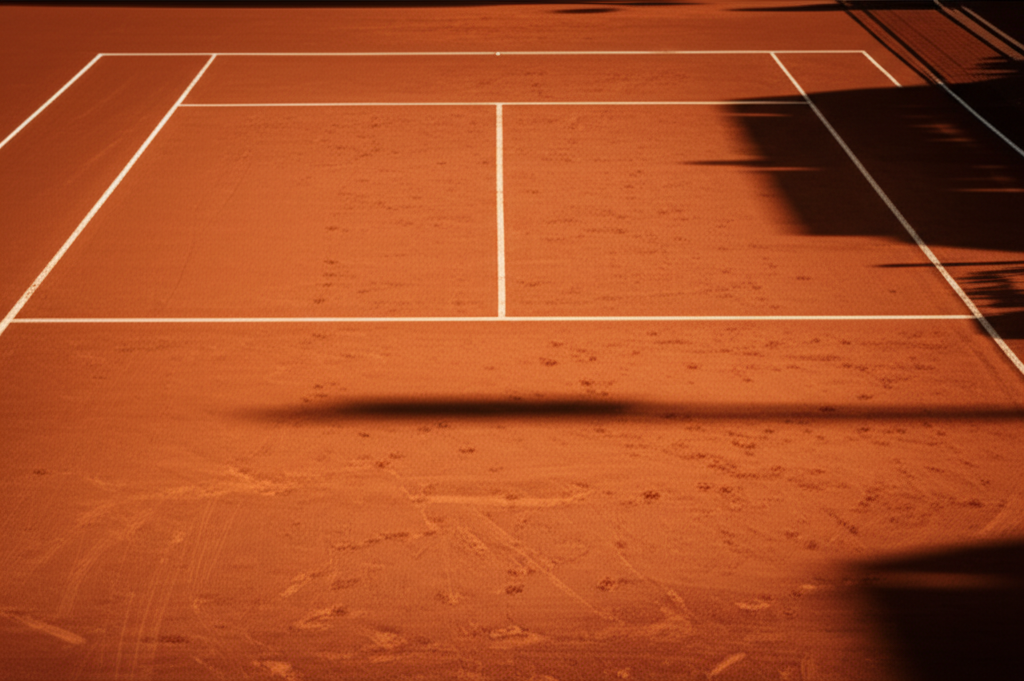
Statistical Parallels: Grand Slam Milestones and Big Titles
Beyond the subjective analyses, objective statistics provide fascinating comparisons between the burgeoning careers of Alcaraz and Sinner and the early trajectories of the “Big Three.” The ATP Tour has highlighted some compelling data points concerning their Grand Slam performance and “Big Title” accumulation (Grand Slams, Nitto ATP Finals, ATP Masters 1000 tournaments, and Olympic singles gold medals).
In terms of Grand Slam match wins, Alcaraz has remarkably matched Rafael Nadal’s early record. Both needed just 60 Grand Slam encounters to reach 50 victories, achieving a 50-10 win-loss record at that milestone. Sinner’s early Grand Slam record is also impressive, requiring 66 matches to reach 50 wins, a figure almost identical to Novak Djokovic (64 matches) and Roger Federer (68 matches) at the same point in their careers. All five players reached their 50th major win before turning 23, underscoring their prodigious talent and early impact.
When it comes to “Big Titles,” Alcaraz currently boasts 12, while Sinner has 9. Their title conversion rates—Alcaraz at one Big Title for every 4.3 tournaments played, and Sinner at 4.6—stand favorably against legends like Roger Federer (4.4), Pete Sampras (4.9), and Andre Agassi (6.1). However, they still trail the exceptional efficiency of Novak Djokovic (3.3) and Rafael Nadal (3.5). Sinner’s recent surge has seen him claim four Grand Slams, four ATP Masters 1000 trophies, and a Nitto ATP Finals title in just the past two years, with a winning rate of one Big Title for every 2.4 events played during that period.
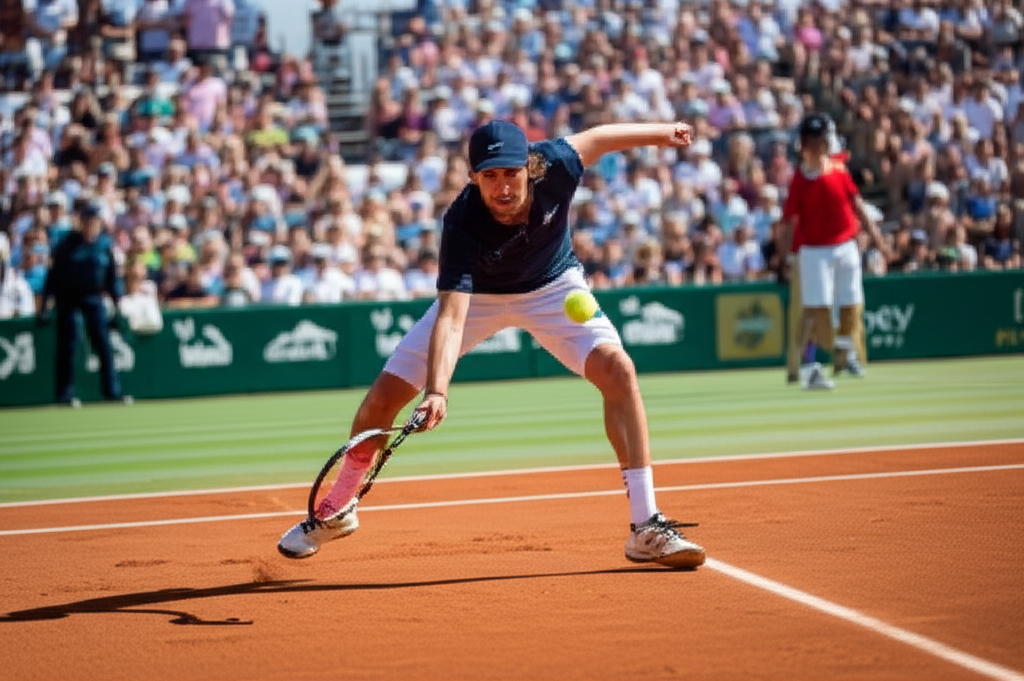
Evolution of the Game: A Faster, More Aggressive Era
A significant aspect of the comparison lies in understanding the evolution of tennis itself. The “Big Three” era, while defined by its sheer dominance, also witnessed a gradual shift in playing styles. Alcaraz and Sinner represent a new wave, characterized by an even more aggressive, “first-strike” approach.
They are described as “significantly more of hard hitters” than even Nadal and Djokovic, employing “insane” groundstroke speed. Their matches often feature shorter average rally lengths, even on clay, indicating a preference for powerful, decisive shots rather than prolonged baseline exchanges. This aggressive baselining and commitment to taking the ball early are hallmarks of the modern game, influenced by advancements in racket technology, string composition, and physical conditioning. This allows players to generate unprecedented power and spin, pushing the boundaries of offensive tennis.
Carlos Alcaraz, in particular, has showcased a blend of raw power with remarkable touch and variety, often employing unexpected drop shots and volleys to disrupt rhythm. Jannik Sinner’s game, meanwhile, is built on relentless, flat hitting from the baseline, maximizing power and precision to overwhelm opponents. These stylistic differences, while distinct between the two, both lean into a more proactive, high-octane brand of tennis than was prevalent in earlier eras.
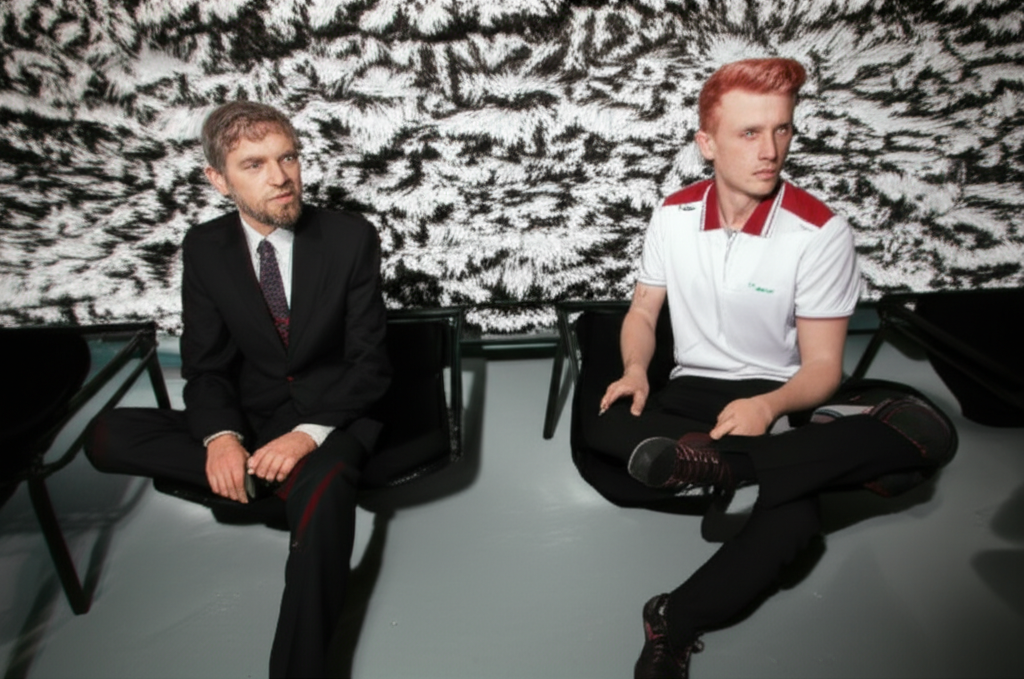
The Uniqueness of the Big Three’s Legacy
While the comparisons are inevitable and exciting, it is crucial to acknowledge the unique and perhaps unrepeatable legacy of Roger Federer, Rafael Nadal, and Novak Djokovic. Their collective 66 Grand Slam titles, coupled with their sustained dominance over two decades, represent an unprecedented era in tennis history.
The “Big Three” not only achieved individual greatness but also pushed each other to unimaginable heights, consistently adapting their games and finding new levels of performance. Their mental fortitude in high-pressure situations, particularly in Grand Slam finals, set a standard that remains the ultimate test for any aspiring champion. As Carlos Alcaraz himself humbly put it, “I’m not gonna put myself or the great rivalry that I have with Jannik at (the) same level as those legends.” He acknowledges the uniqueness of their era and the reverence they command.
The challenge for Alcaraz and Sinner will not only be to accumulate titles but also to demonstrate the same longevity, adaptability, and unwavering commitment to excellence that defined their predecessors. The increased depth in the modern ATP Tour, as noted by Alcaraz himself, suggests that consistent domination will be an even more arduous task than before.
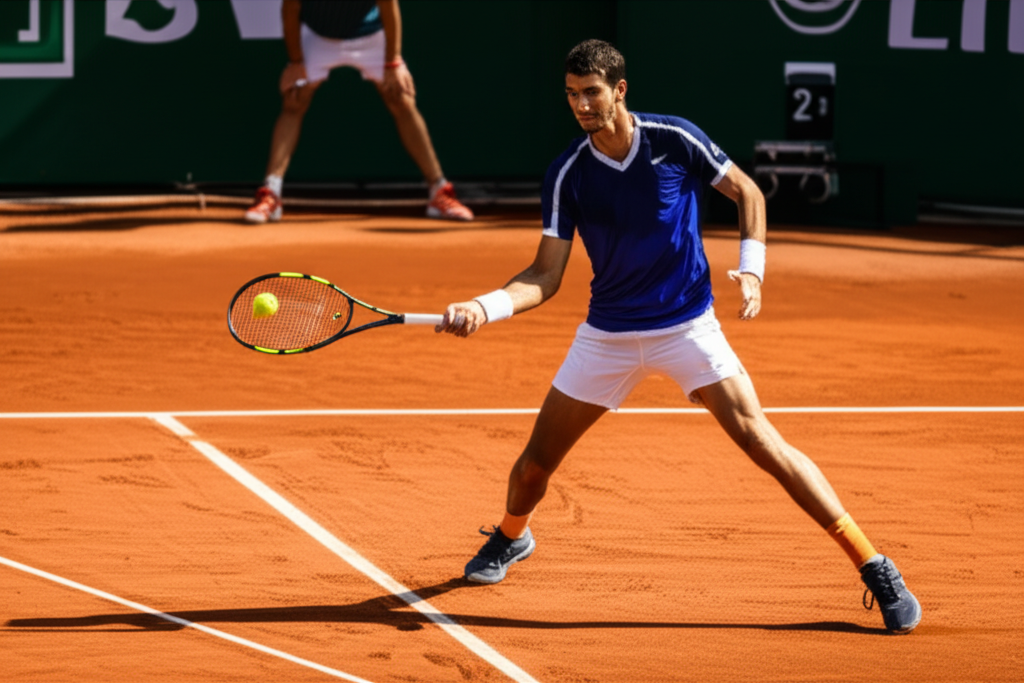
The Future of Men’s Tennis
The comparisons between Carlos Alcaraz, Jannik Sinner, and the legendary “Big Three” are not just speculative exercises; they underscore a thrilling transition in men’s tennis. While direct parallels across eras are inherently complex due to the sport’s evolution, the consensus among ATP Tour veterans and analysts is clear: Alcaraz and Sinner are not merely promising talents; they are already operating at an elite level, pushing the boundaries of what is possible in the game.
Their emerging rivalry promises to be the defining narrative of the next decade, much as Federer, Nadal, and Djokovic defined the last two. With their Grand Slam victories, top rankings, and captivating head-to-head matches, Alcaraz and Sinner have undeniably taken the baton, ready to write their own illustrious chapters in the history of tennis. The future of the sport, characterized by aggressive baselining, immense athleticism, and electrifying rivalries, appears to be in exceptionally capable hands.



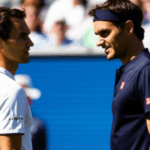
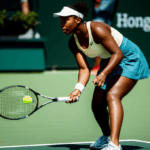
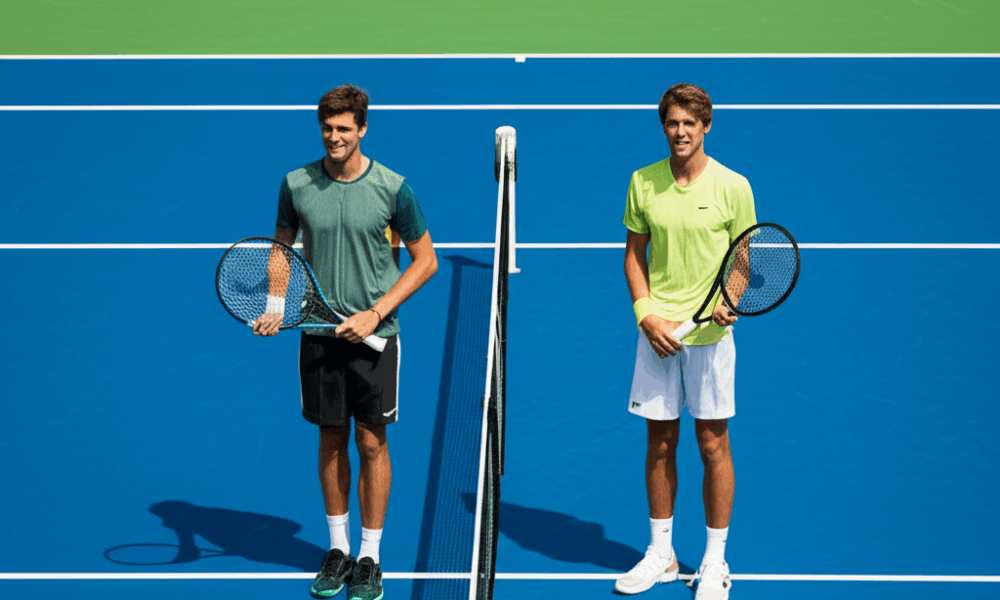

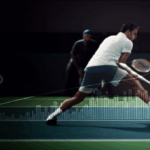
No Comment! Be the first one.